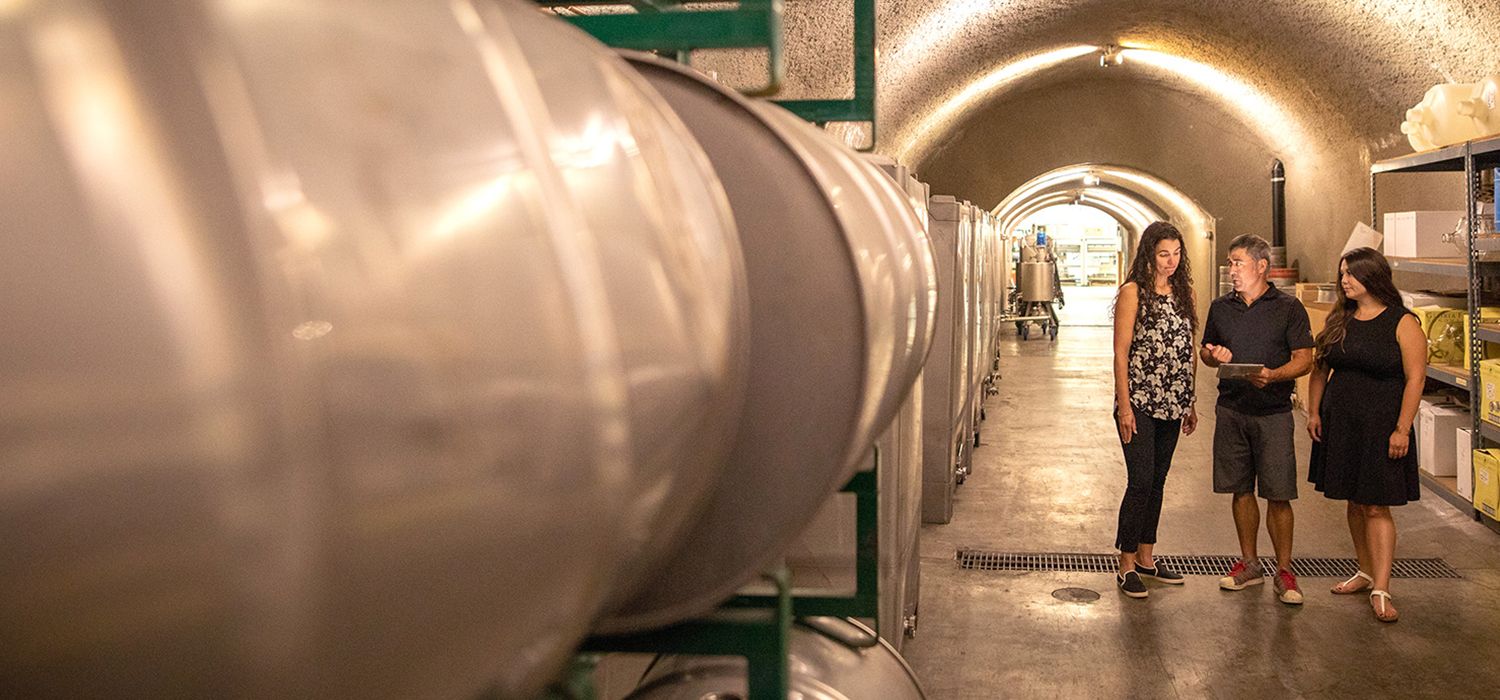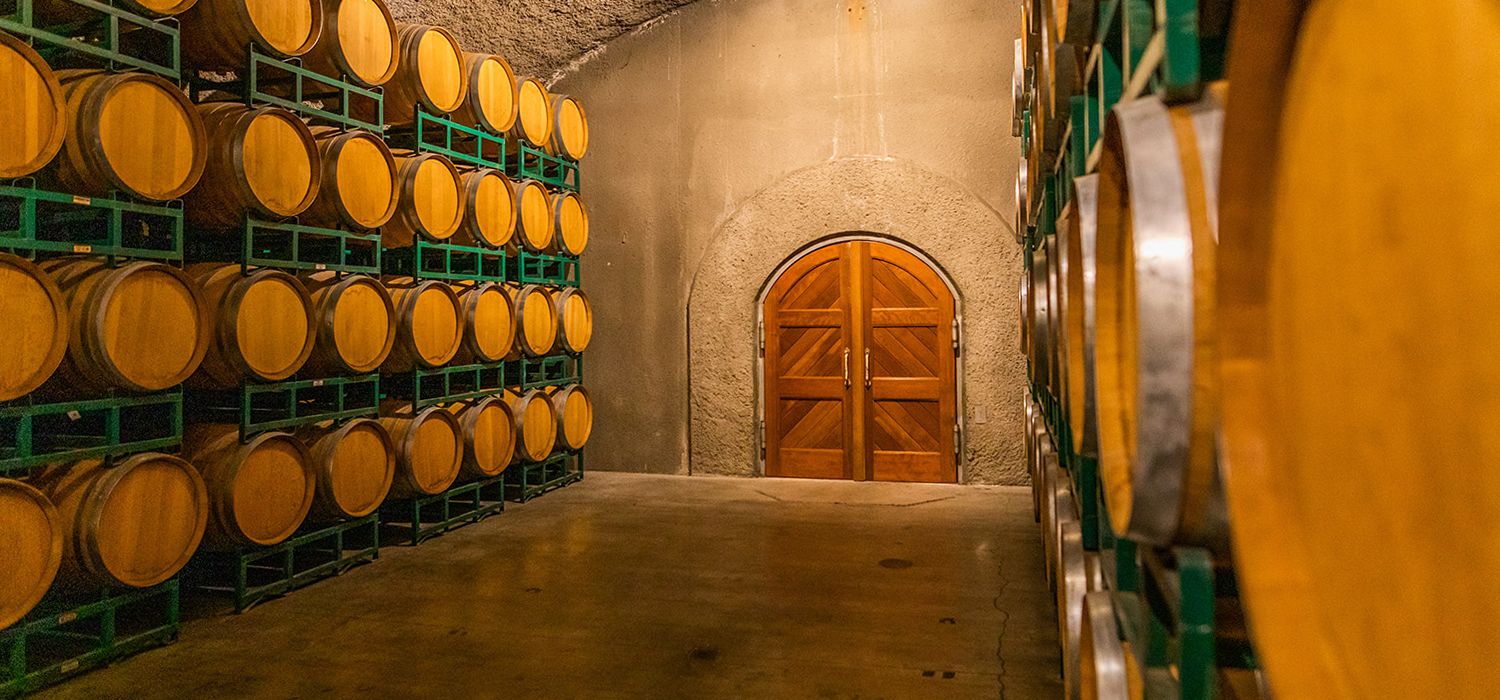Rapidly changing regulations and increased scrutiny on shippers are ratcheting up the pressure on wineries to get compliance and sales tax right. States including Texas, Illinois and Michigan are getting serious about enforcement. If wineries can’t successfully report, they face increased oversight of their direct-to-consumer (DtC) wine shipments, and the threat of fines, penalties or loss of licensure.
One way wineries are shielding themselves as they expand their DtC sales is through the use of real-time compliance checks and real-time sales tax determination. With these software tools, wineries get immediate confirmation during checkout that an order complies with the destination state’s rules and regulations. Such tools also provide an accurate sales tax rate for the destination, down to the street level, based on the products in the order. When the point of purchase is a digital shopping cart, it’s more difficult for wineries to manually track compliance rules and sales tax rates. This is not an accounting challenge; it’s a technology challenge—one that wineries can and should solve to make the most of the DtC opportunity.



